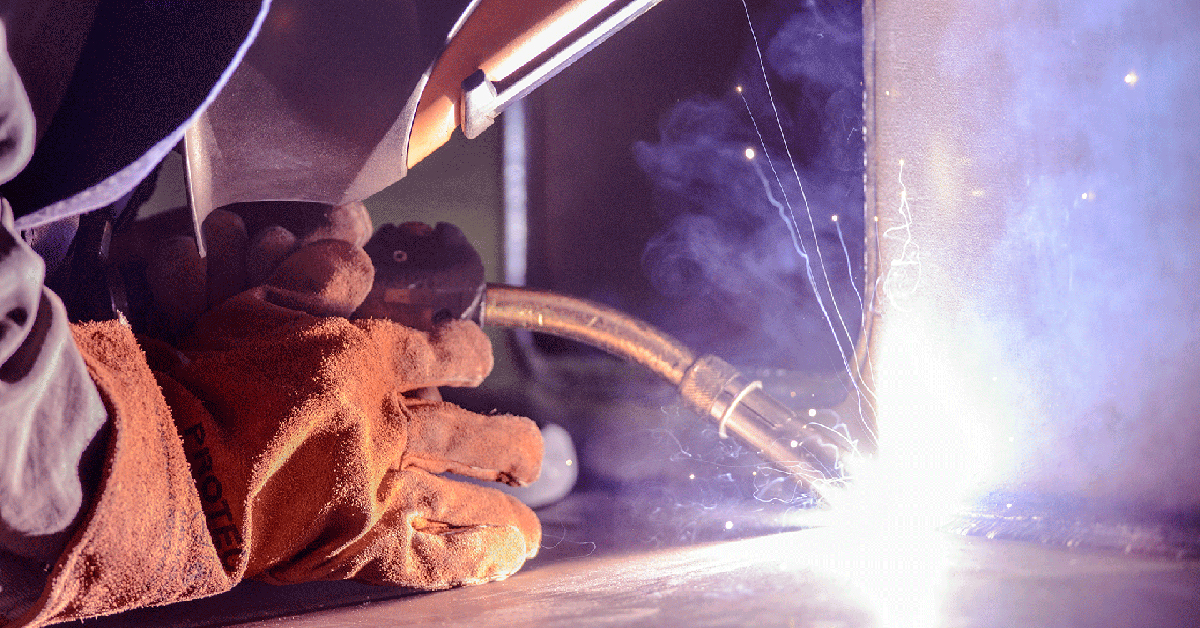Preventing Weld Undercut Demystified: Techniques for Success
Wiki Article
Mastering the Art of Welding: Just How to Stay Clear Of Undercut Welding Issues for Flawless Manufacture Results
By recognizing the origin triggers of undercut welding and applying effective strategies to stop it, welders can boost their craft to brand-new degrees of quality. In the pursuit of flawless fabrication results, grasping the art of welding to avoid undercut concerns is not just an ability yet a need for those aiming for perfection in their job.Comprehending Undercut Welding

To prevent undercut welding, welders ought to guarantee appropriate welding specifications, such as readjusting the existing, voltage, traveling rate, and keeping the proper electrode angle. By recognizing the causes of undercut welding and implementing preventive measures, welders can achieve top quality, structurally audio welds.
Sources Of Undercut in Welding
Comprehending the aspects that add to undercut in welding is vital for welders to generate high-grade, structurally sound welds. When the weld metal does not properly load the groove created in between the base steel and the previously deposited weld steel, damaging happens. Several factors can lead to damage in welding. One typical cause is excessive warmth input. Welding at heats for extensive periods can result in the base steel melting even more than wanted, bring about undercut. Inadequate welding incorrect or current welding speed can likewise contribute to damage. Insufficient current might not offer enough warmth to melt the base and filler steels appropriately, while extreme speed can prevent correct fusion, creating undercut. Furthermore, inappropriate electrode angles or inaccurate torch adjustment techniques can develop areas of reduced weld metal deposition, advertising undercut. Understanding these causes and carrying out appropriate welding techniques can help stop damaging issues, making certain sturdy and solid welds.Techniques to avoid Undercutting

To reduce the risk of undercutting in welding, welders can use strategic welding techniques targeted at enhancing the top quality and honesty of the weld joints. One reliable method is to readjust the welding criteria, such as voltage, current, and travel speed, to make sure correct warmth input and deposition. Preserving a suitable electrode angle and ensuring regular traveling rate can likewise aid prevent undercut. Additionally, making use of the right welding method for the specific find this joint configuration, such as weave or stringer grains, can add to lowering undercutting. Preventing weld undercut.
Utilizing back-step welding techniques and controlling the weld grain account can also assist distribute warmth uniformly and decrease the threat of undercut. Regular assessment of the weld joint throughout and after welding, as well as implementing high quality guarantee actions, can help in spotting and resolving damaging problems quickly.
Significance of Appropriate Welding Parameters
Picking and maintaining appropriate welding criteria is crucial for achieving successful welds with minimal problems. Welding criteria refer to variables such as voltage, existing, take a trip rate, electrode angle, and protecting gas circulation rate that straight affect the welding process. These parameters should be carefully changed based on the kind of product being welded, its thickness, and the welding method utilized.Correct welding specifications guarantee the correct amount of warm is used to melt the base metals and filler product evenly. If the specifications are set too expensive, it can cause excessive warmth input, creating spatter, burn-through, or distortion. On the various other hand, if the specifications are as well reduced, incomplete combination, absence of infiltration, or undercutting may happen.
Quality Control in Welding Operations

Verdict
Finally, mastering the art of welding calls for a thorough understanding of undercut welding, its causes, and methods to prevent it. By making certain correct welding parameters and implementing top quality guarantee practices, perfect fabrication outcomes can be accomplished. It is necessary for welders to consistently make every effort for quality in their welding procedures to stay clear of undercut issues and create top quality welds.Undercut welding, a typical issue in welding procedures, happens when the weld metal doesn't properly fill up the groove and leaves a groove or anxiety along the welded joint.To stop undercut welding, welders must make certain proper welding criteria, such as readjusting the current, voltage, travel speed, and maintaining the proper electrode angle. Inadequate welding present or incorrect welding rate can also add to damage.To reduce the danger of undercutting in welding, welders can use tactical welding strategies aimed at boosting the top quality and integrity of the weld joints.In final thought, understanding the art of welding calls for a detailed understanding of undercut welding, its reasons, and techniques to stop it.
Report this wiki page